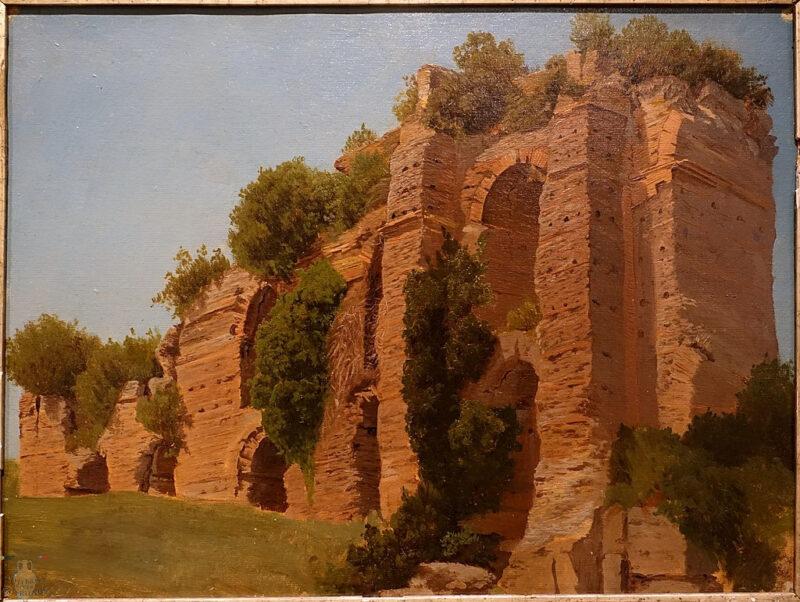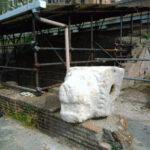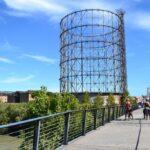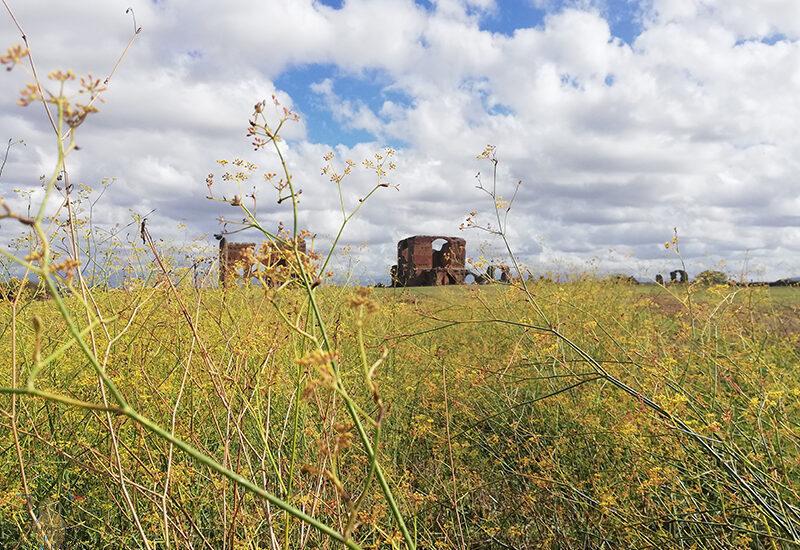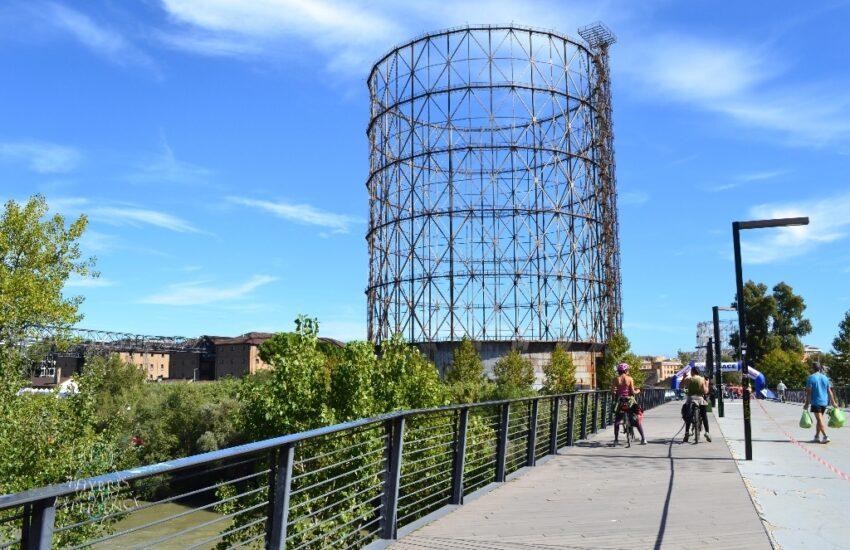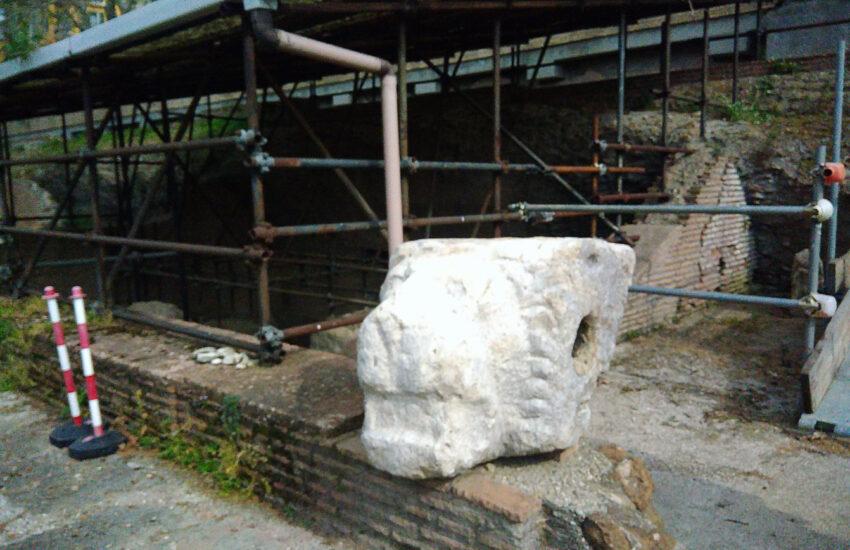Aqueducts park
Not only the colosseum: Rome’s majestic ruins can be easily reached by bikes also in the suburbs

Rome is famous for its ancient Great ruins and monuments, millions of people every year queue to see the colosseum and other beautiful ancient roman buildings and statues. But the print of ancient Rome left in nowadays the city is much more than that. Moving by bike from Rome’s city center, from the famous ruins of the Circus Maximus, the biggest sport stadion ever build, it’s possible to start a beautiful trip in time. The Ancient Appian way, one of the oldest roads of the city (25 centuries old) used to start here close by. In a few moments, along its itinerary, you can be out of the crowd, pedaling slowly on its ancient cobblestones.
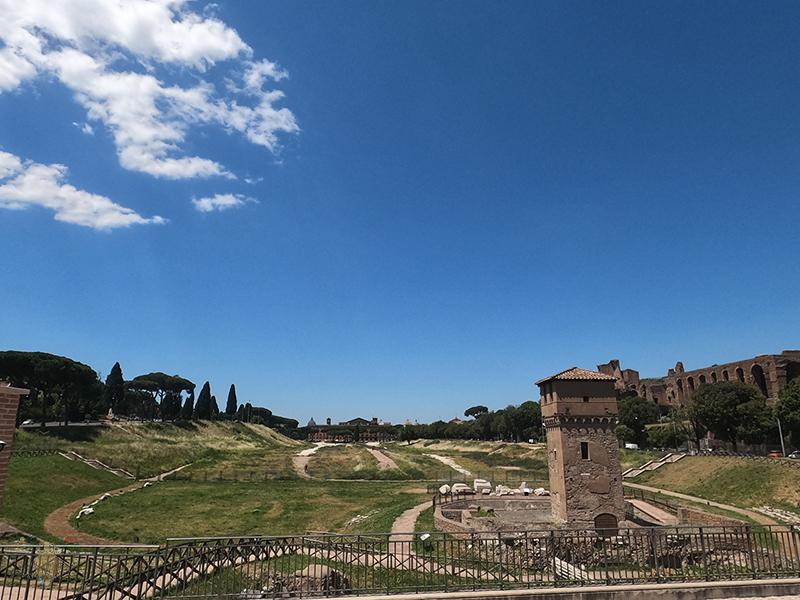
A corner of the old “Campagna Romana” roman countryside, saved by a group of citizens and journalists
The city trait of the Appian way is almost a miracle. The fantastic landscape of the Roman countryside has always been an inspiration for poets and artists, but it risked disappearing totally with the wide speculation started after WWII: miles squares of the beautiful countryside have been covered by huge buildings to provide the growing population a house. But in this crazy race to build everything was going be destroyed. Luckily, a small association of activists started to make aware the people of Rome of what we were going to lose. After some years of fighting finally, a big area in the east-southern side of the city became the Park of the Appian way in 1988.
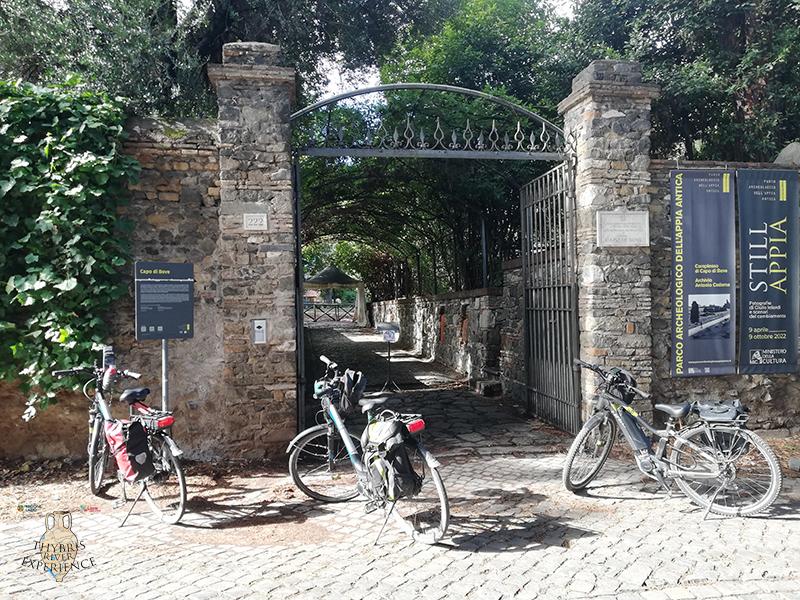
Huge arches still show us the incredible skills of the Roman engineers
The aqueducts park is part of the big Ancient Appian Way Regional Park. It is probably the place that used to be the most famous in the past because of something very special you can see here: the masterpiece of Roman architecture, and the imposing hydraulic system of the ancient city.
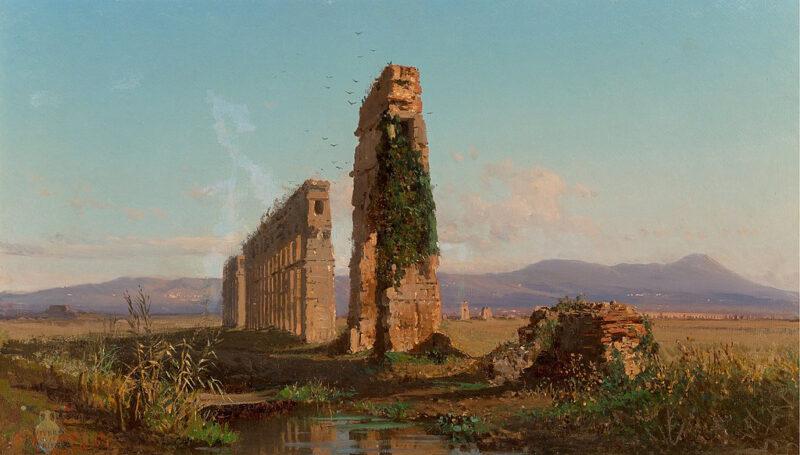
The city of Rome was the first big city in human history with more than a million inhabitants. All these people needed water and the Tiber River has been the only source of it for a few centuries. In the 4th century B.C. the first aqueduct was built to take spring water from the mountains east of Rome to the city. After that, others were built until Rome had 11 aqueducts. Most of them were running in the flat valley east-southern side of Rome and are still visible today in this area.
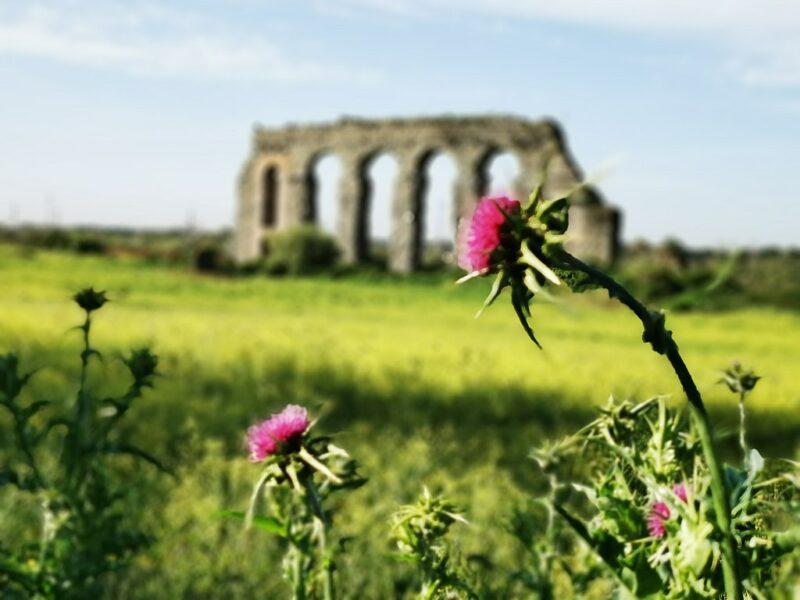
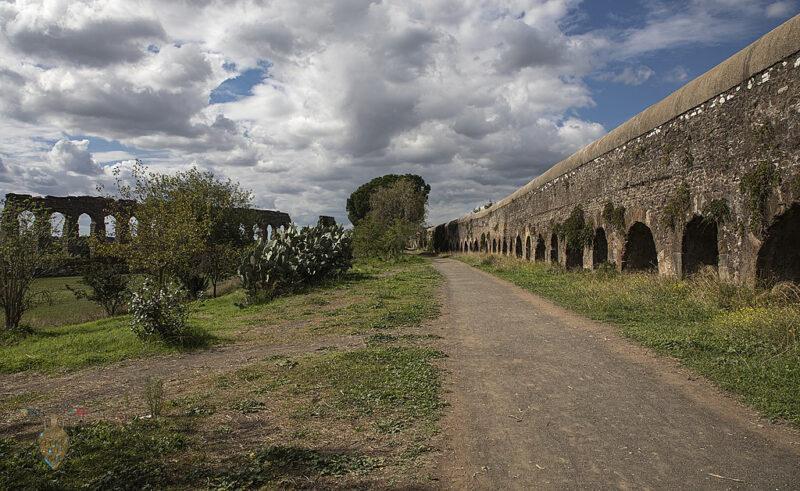
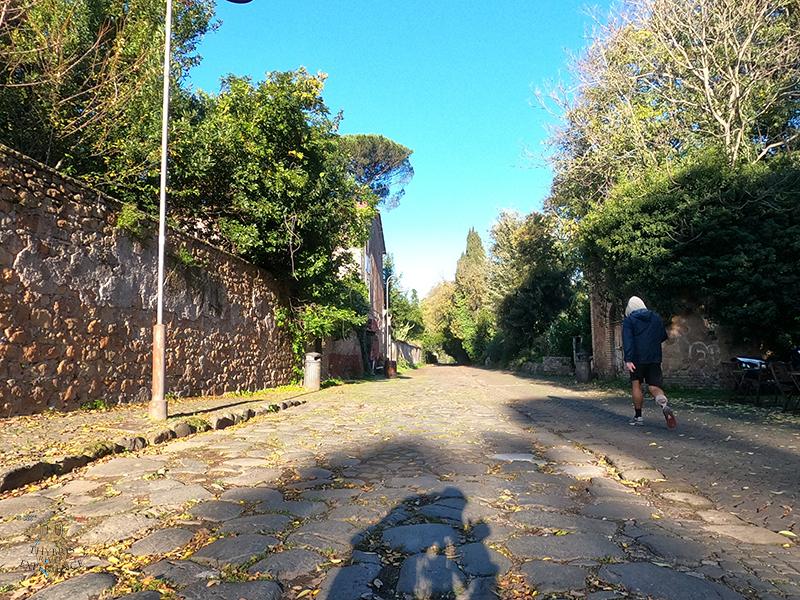
There are seven aqueducts going through this wide valley, but not all of them run over the typical big arches these structures are famous for, some of them are hidden underground. Most of them however run one on top of the other over the big arcades, up to four different tunnels, each one of them carrying a different type of water.
Ghosts of past greatness have inspired poets and artists for centuries
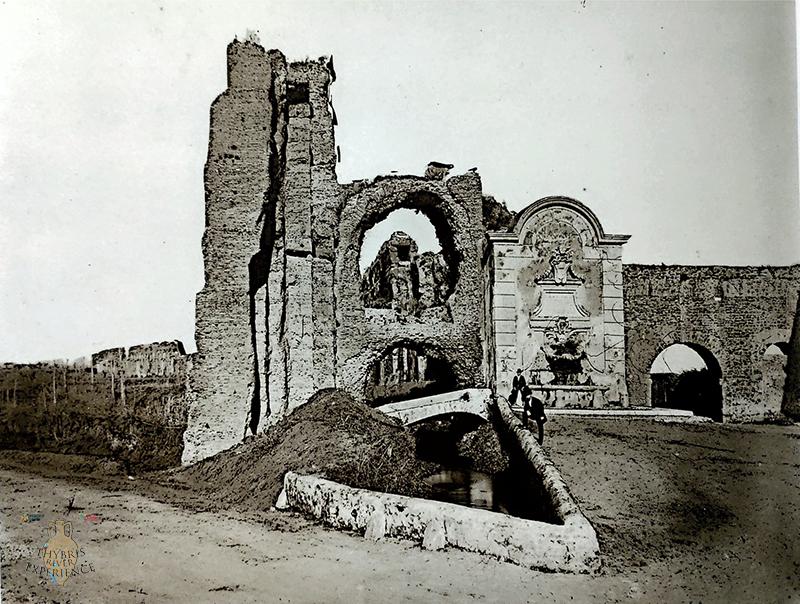
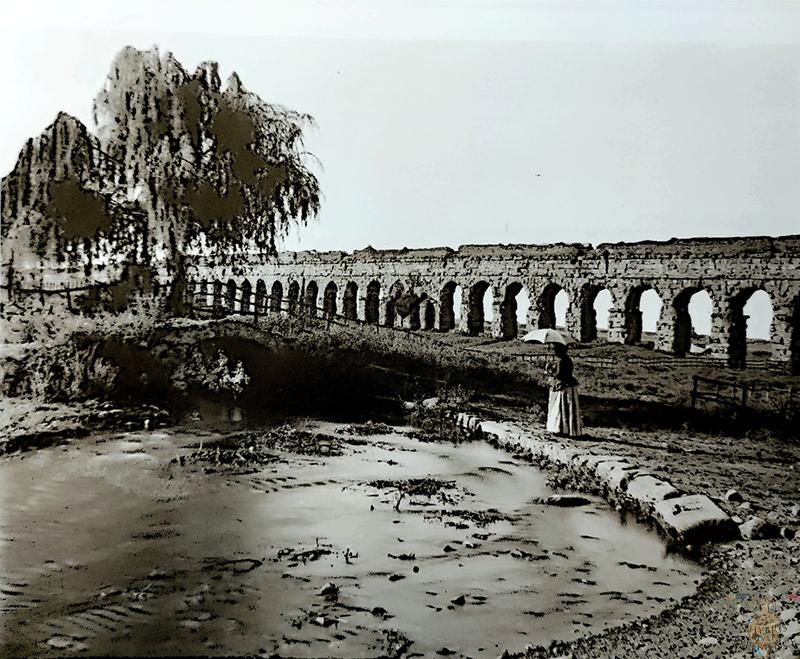
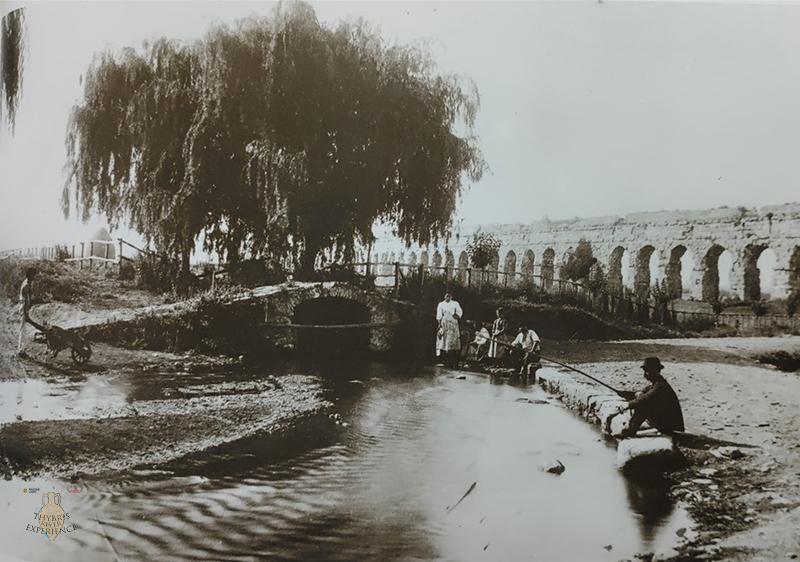
Looking around, you can see two big rows of arches, unfortunately not complete, because none of them is working anymore. All aqueducts stopped being used in the middle 6th century A.D. Those were dark times for the city, disputed between the Byzantines and the barbarian tribe of the Goths. To avoid the enemy to enter the city walls using the tunnel built for water (like it happened in Naples just a few months before) the inhabitants themselves cut the huge aqueducts to protect the city. After the end of that war, nobody repaired the broken arches and they just went to ruin, becoming the picturesque place so much beloved by artists and travelers in the 1700s and 1800s.
